Setting the record straight on sunscreen
Sunscreen is an essential part of a healthy skincare routine. If you believe any of these myths, however, you’re probably not taking advantage of or using this staple product correctly. Here are the myths about sunscreen that make dermatologists cringe.
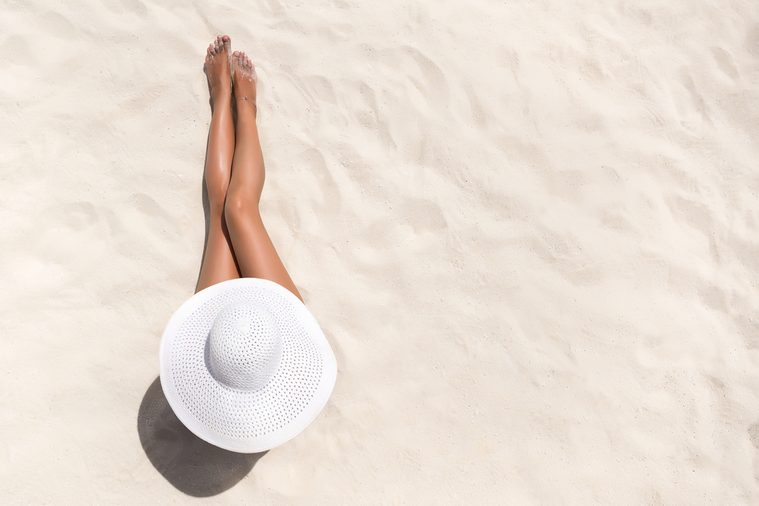
Myth: “A base tan protects you”
It’s a dermatologist mantra: There. Is. No. Such. Thing. As. A. Safe. Tan. “A tan is literally your body’s response to being injured by UV exposure,” says Darrell Rigel, MD, a clinical professor of dermatology at New York University Medical Center. When your cells are exposed to UV light, they produce more melanin, the pigment that colors your skin, which is why you tan. But this is a sign that damage has already been done, not protection against future sun exposure. In fact, a “base tan” provides the SPF equivalent of about a 4, says Steve Rotter, MD, a dermatologic surgeon in Virginia. (As a comparison, a white T-shirt gives you more coverage—about an SPF 7).
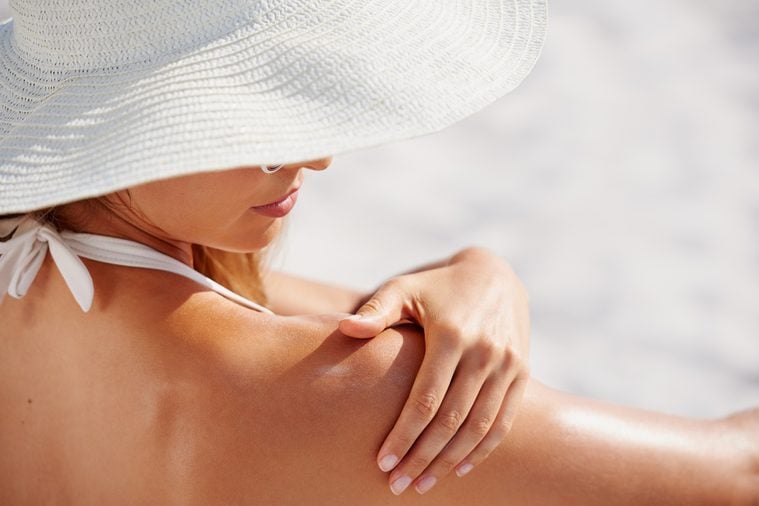
Myth: “80 percent of sun damage occurs before age 18, so the injury is already done”
The latest thinking shows that you get closer to just 25 percent of total sun exposure by age 18—that 80 percent figure is outdated and inaccurate. Further, experts say revamping your sun habits at any age is a smart move. “It’s the same as smoking cigarettes—no matter how much damage you’ve done, it’s always good to stop,” says Dr. Rigel. While it’s true that melanoma, the deadliest form of skin cancer, is more closely linked to childhood sunburns, “it’s cumulative sun exposure that’s associated with other skin cancers, not to mention wrinkles, thinning skin, dark spots, and ‘broken’ capillary veins on the skin,” says Jessica Wu, MD, Los Angeles dermatologist and assistant clinical professor of dermatology at USC School of Medicine. Here are more sunscreen dos and don’ts you should know.
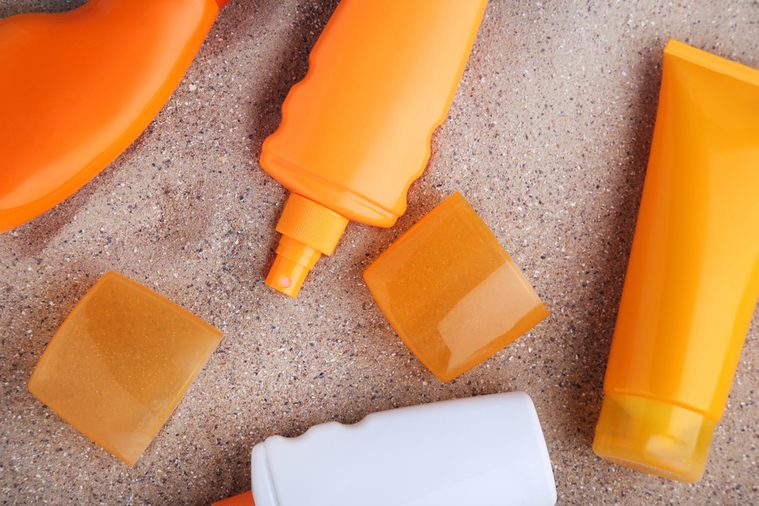
Myth: “I have dark skin, so I don’t need to worry”
“This is just profoundly, radically false,” says Ranella Hirsch, MD, a Boston dermatologist and past president of the American Society of Cosmetic Dermatology and Aesthetic Surgery. Many people with more pigment in their skin will have a lower skin cancer risk, says Rigel, but they’re not immune. One CDC paper found that up to 30 percent of darker-skinned ethnic groups reported at least one sunburn in the previous year. “Unfortunately, skin cancer is frequently diagnosed later in people of color—perhaps because of the misconception that they are not at risk—so it’s often progressed to a later stage and is more difficult to treat,” says Dr. Wu. Singer Bob Marley, for example, died of melanoma on his toe that was misdiagnosed as a soccer injury. Furthermore, skin color isn’t as simple as it sounds, because people are more heterogeneous than you think, explains Hirsch. So even if you have a dark complexion, you could have genes that make you more susceptible to skin cancer.
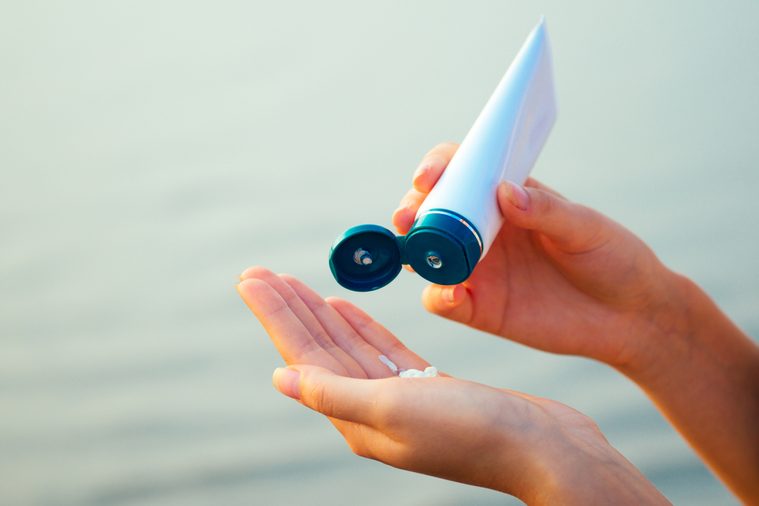
Myth: “As long as I protect my face, it’s OK”
“Skin cancer loves anywhere the sun touches,” says Dr. Hirsch. You can get it on your arms, legs, back, feet, and chest. So while it’s good to protect your face, skipping the rest of you leaves you vulnerable. Not just to skin cancer, but signs of aging as well. Hirsch says she can often tell how old someone is simply by looking at the back of her hands—it’s a dead giveaway for years of unprotected sun exposure. “Sun is the greatest threat to your skin’s health and youth,” Dr. Rotter agrees. These are the places you’re ignoring when you check for skin cancer.

Myth: “Anything above SPF 15 is a waste”
The FDA is still debating the merits of super-high SPFs, but many derms agree that there are meaningful differences between 15, 30, and 50, especially because we’re just so bad at applying sunscreen properly. “If you use SPF 50, you really get the protection of an SPF 20 based on how people actually apply it,” says New York City dermatologist Doris Day, MD. That includes both applying too little in the first place and not reapplying often enough (every two hours or so when you’re at the beach or pool all day). To get the full SPF listed on the label, use one ounce, or roughly the amount in shot glass. The doctors we talked to generally recommended a minimum of SPF 30 for everyday sunscreen and SPF 50 for long stints outside. Here are 13 sunscreens dermatologists use on themselves.
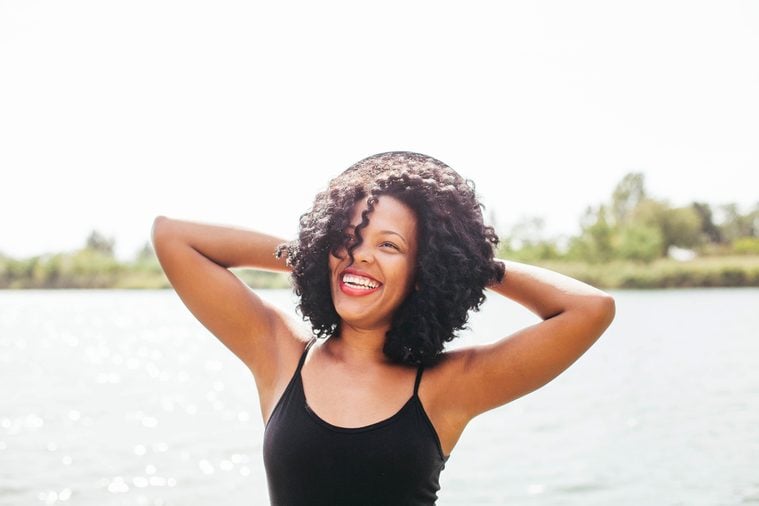
Myth: “But I need sun to get enough vitamin D.”
This is a common misconception. First, most people don’t apply sunscreen well enough to prevent skin from producing vitamin D. Second, you need much less time in the sun to make adequate levels than you might think. If your skin just kept making vitamin D in response to sunlight, it would reach toxic levels, explains Day. After 15 minutes or so, the system overloads and production stops. Being tan isn’t a good indicator of healthy vitamin D levels, says Ronnie Klein, MD, assistant professor, Yale Dermatology. One classic study of Hawaiian surfers found that although all participants were tanned, many were still vitamin D deficient. “You can get enough vitamin D from a mix of diet, supplements, and incidental sun exposure,” says Dr. Klein.
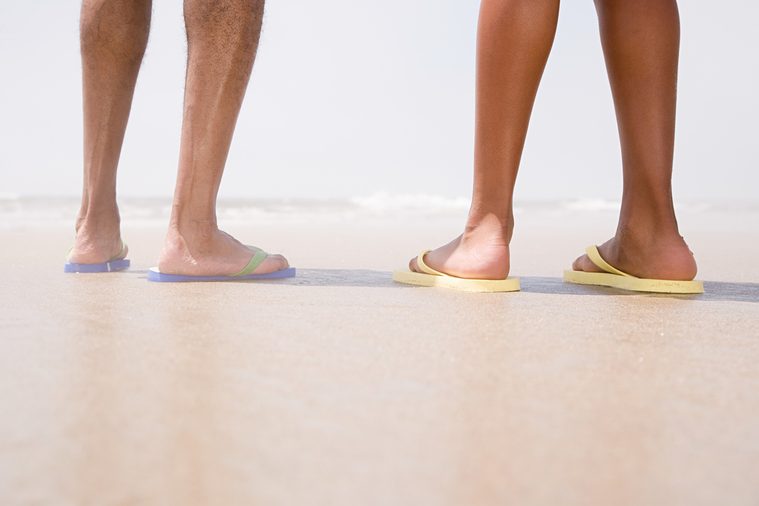
Myth: “I don’t need sunscreen if it’s not ‘peak tanning hours’”
Your likelihood of burning is worse when the sun is directly overhead—from about 10 a.m. to 2 p.m.—but dermatologists were unanimous that tanning at any hour of the day isn’t safe. Although UVB rays, which cause burning and some skin cancers, peak at mid-day, UVA rays, which contribute to aging and some skin cancers—are constant all day long, Dr. Klein says. And Dr. Day says that she often sees the worst sunburns on cloudy days. “Clouds block infrared rays, so you don’t feel hot, but they only block 20 percent of UV rays so you can still get burned,” she says, noting that people often spend more time outdoors and skip sunscreen on cloudier days, which makes matters worse. Here’s why you should wear sunscreen even in the winter.
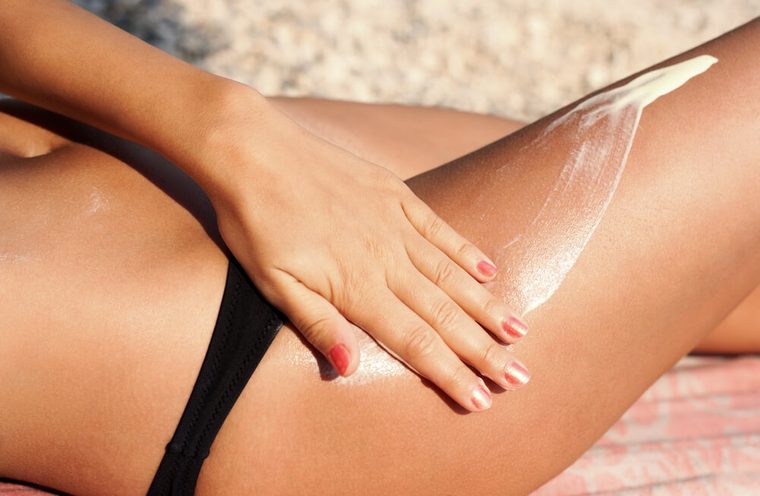
Myth: “I’m allergic to all sunscreens”
While many people don’t love the goopy or viscous texture or the irritation sunscreen can sometimes cause, being truly allergic is exceptionally rare, says Dr. Klein. “If you have sensitive skin, stick to a physical sunscreen, which has titanium dioxide or zinc oxide to block rays, which will be less aggravating,” she says. Try a test spot before applying all over. Are you making these sunscreen mistakes?
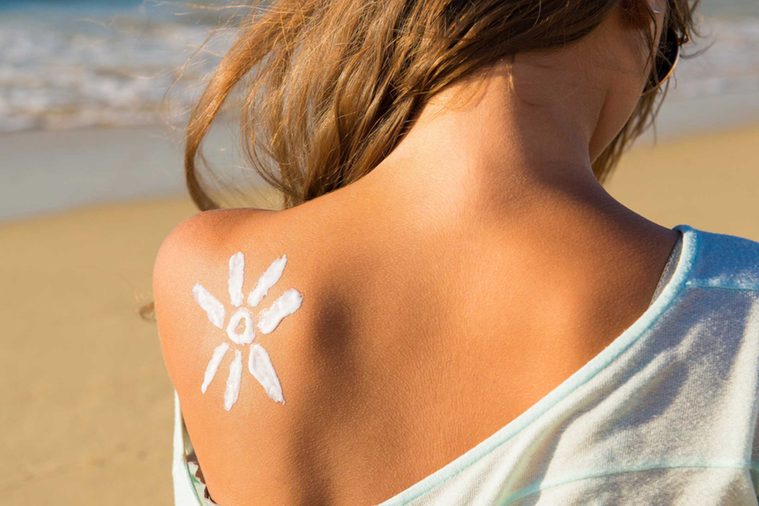
Myth: “Skin cancer isn’t that big a deal”
Thankfully many skin cancers—when caught early and removed promptly—aren’t too damaging or life-threatening. But assuming you can just get rid of a cancerous mole and move on is dangerous. “I have several patients who have had skin cancers and have expressed that exact sentiment to me,” says Dr. Wu. “While non-melanoma skin cancer typically doesn’t travel throughout the body, it’s still cancer and will continue to destroy your skin and invade the tissues if it’s not removed. I tell them about the patient who had a basal cell skin cancer on her eyelid that invaded her eye and she ended up losing her eye. I’ve also had patients who have lost their noses and ears due to skin cancer. Some people still don’t believe me, so I show them the photos.” Don’t miss these 15 skin cancer myths you need to stop believing right now.
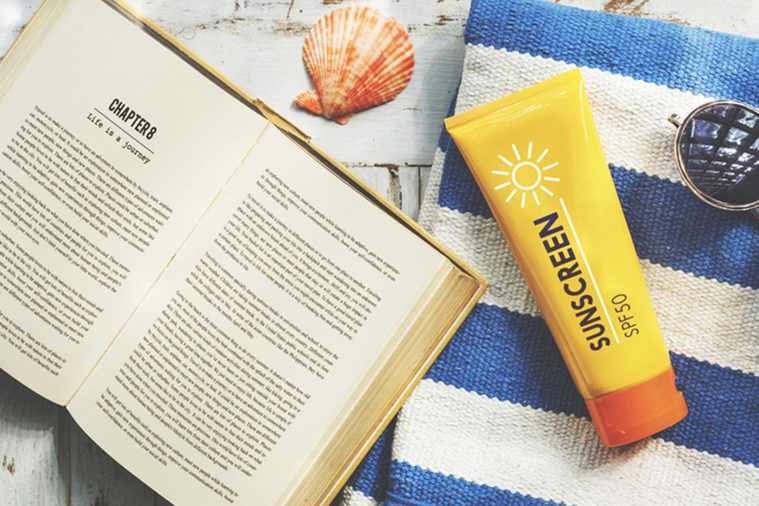
Myth: “Certain chemicals in sunscreens make wearing them more dangerous than skipping them”
You may have heard claims that certain sunscreen ingredients can be carcinogenic or have estrogen-like effects on the body. While this is a controversial area, the doctors we interviewed agreed that there are no studies that demonstrate this effect definitively. One study on rats suggested that oxybenzone, used in many sunscreens, can produce free radicals that may harm the skin, but Dr. Wu says she’s aware of no published research that demonstrates a link to skin cancer. The same ingredient has also taken heat for having estrogen-like effects in rats, but Dr. Rigel says the dose used in that research was unrealistically high: “If you used SPF 30 every day and applied it thoroughly to your entire body, it would take 35 years to reach the level of exposure that the rats did,” he says. Another now 10-year-old study on mice suggested that retinyl palmitate (a type of vitamin A) can increase tumors, says Dr. Wu. But while the ingredient can increase sun sensitivity, she says there’s no research showing a link to human skin cancers.
Bottom line: “The ultimate experiment is done every weekend at the beach when tens of millions of Americans use sunscreen,” says Dr. Rigel. “If it was so unhealthy, we’d know by now.” Next, check out these 7 sunscreen mistakes you don’t know you’re making.
